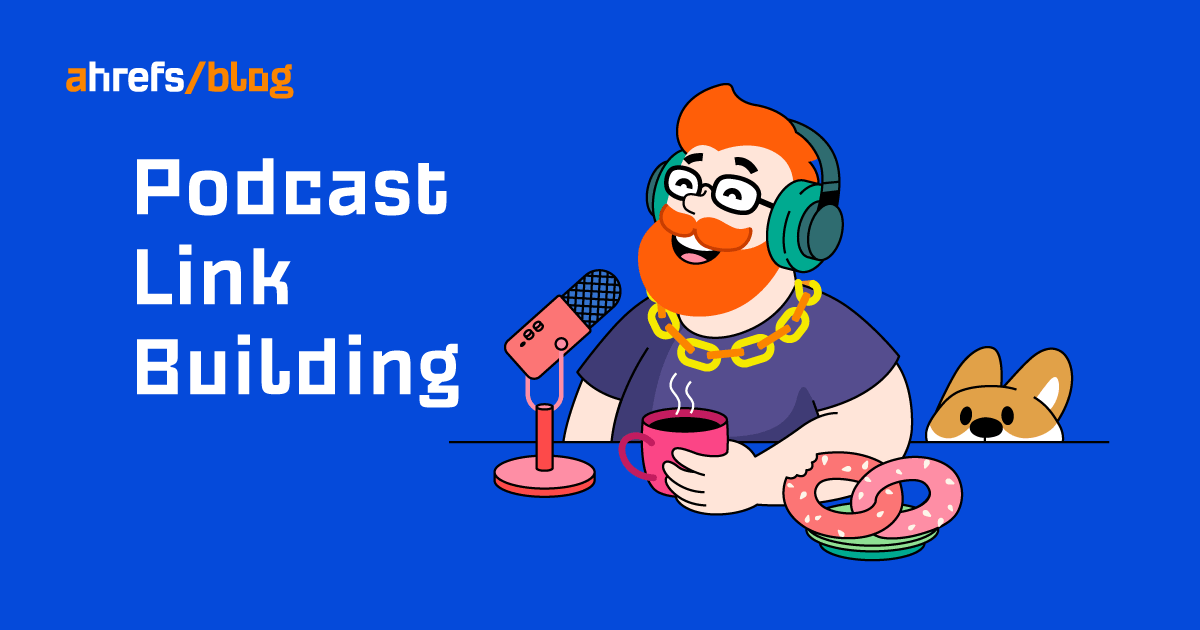How Long Should a Blog Post Be for SEO?
Word Count Checker Text Content: Count Words 0 words You’re not alone if you’ve ever wondered about the optimal length for a blog post that can boost your SEO and traffic. Over the years, especially after the Panda and...

Word Count Checker
Text Content:
0 words
You’re not alone if you’ve ever wondered about the optimal length for a blog post that can boost your SEO and traffic.
Over the years, especially after the Panda and the Penguin, I’ve seen the SEO landscape change drastically, especially regarding how long your content should be to ensure it ranks above the competitors.
The simple answer that we follow here at Stan Ventures is if a topic requires 4000 words to be thoroughly covered, then go for it. However, delivering concise, valuable information in a shorter post is more effective for more straightforward topics like the one you are reading just now.
Read along as I share a few more insights to answer your question: How long should a blog post be for SEO results?
The Pre-Panda Era: Word Count Was King

Back in the day, before Google’s Panda update, the length of a blog post was a huge deal to rank higher on Google. Websites would churn out lengthy content stuffed with keywords just to rank higher.
The idea was simple: more words meant more opportunities to include keywords, thus improving the chances of ranking well. However, much of this content lacked substance and failed to add value for the readers.
Post-Panda Changes: Quality Over Quantity
Then came the Panda update in 2011, which turned everything upside down. Panda penalized websites that engaged in keyword stuffing and rewarded those focused on quality and relevance.
This was a game-changer. Suddenly, it wasn’t about how much you wrote but how valuable and relevant your content was.
Overcompensation: The Pillar Content Era
However, some websites overcompensated by creating pillar content, stretching straightforward topics that could be covered in less than 1000 words into 4000-5000 words.
The idea was to cover every possible angle, often leading users to skim through unnecessary information to find the needed answers. This was one of the main reasons why Google launched featured snippets.
This has eventually led to AI Overviews, resulting in more zero-click results and taking away a lot of traffic share from websites that appear at the top of Google search results.
The Role of RankBrain: Relevance and Context

With the introduction of Google’s RankBrain algorithm in 2015, the focus shifted even more towards user satisfaction.
RankBrain, now part of Google’s core update, evaluates the relevance and context of content to users’ search terms. This means that articles providing concise, accurate answers began to rank higher, regardless of length.
But don’t get me wrong – long-form content still holds value, especially for in-depth topics. The key is to let the topic’s depth dictate the post’s length.
Quality Content: Finding the Balance
So, how do you find the right balance for your blog post length for SEO?
Here are some practical tips from my 14 years of experience in the media and SEO industry, helping 100+ clients rank higher on Google.
Practical Tips:
Audience Analysis: Understand your audience’s preferences and how they consume content. Competitive Research: Look at top-ranking articles for your target keywords to gauge the typical length and depth. Visual Elements: Use images, infographics, and videos to break up long content and maintain reader engagement.Studies and Data on Ideal Blog Post Length for SEO
Now, let’s back this up with some solid data. Various studies have shown that while longer content can perform better, quality and relevance truly drive engagement and conversions.
Backlinko Study: Backlinko found that the average length of top-ranking content is around 1900 words, which varies significantly by topic and audience. HubSpot Analysis: HubSpot analyzed its blog posts and found that posts between 2250 and 2500 words tended to generate the most organic traffic. Stan Ventures Study: According to an analysis that we have done internally in Stan Ventures, the average content length of the top 10 results in Google was over 2000 words for parent topics. Also, we analyzed our user data using Microsoft’s Clarity and found that the average engagement time of our readers is around 6 minutes, which translates to about 1200 words.These studies show a clear trend: while longer posts often perform well, the content’s relevance and quality genuinely matter.
Engaging with your audience and responding to feedback can provide valuable insights into the best content length. User comments, social media interactions, and direct feedback can help you fine-tune your content strategy.
How Often Should I Post on My Blog for SEO?
Another question frequently accompanied by doubts about the word count in how often I should publish blogs on my website.
When considering how often to post on your blog for SEO, it’s important to focus on both the frequency and the quality of your content. Here’s my perspective on this topic:
Quality and Value Above All
If your intention is to rank on Google and drive traffic to your website, ensure that your blog posts offer more insights and value than those already ranking on Google. Simply matching the content of high-ranking posts isn’t enough, especially if you’re not a well-established brand.
Google values and trusts big brands due to the authority they’ve built over time. For smaller or newer sites, offering superior content to stand out is crucial.
Importance of Backlinks
Even if your content is on par with top-ranking posts, you may need to rely on backlinks to boost your ranking. Backlinks act as recommendations, signaling to Google that your content is valuable and trustworthy. However, acquiring quality backlinks requires time and outreach efforts. It’s a critical part of the strategy but can’t be the sole focus.
Consistency and Posting Frequency
Small Blogs/New Blogs: Aim for 1-2 weekly posts. This helps build a content base and establish a presence. Medium-Sized Blogs: 2-3 weekly posts can help maintain and grow traffic. Large Blogs/High-Traffic Sites: 3-5 weekly posts keep the audience engaged and help dominate search rankings.Maintaining a consistent posting schedule helps search engines recognize that your site is active, which can positively impact your rankings.
Combine High-Value Content with Off-Page Efforts
Once you ensure your content offers higher value than what’s currently on Google’s top results, combine it with off-page efforts like acquiring backlinks. This combination can lead to exponential results. The key is to create informative, engaging content superior to your competitors. Support this high-value content with a solid backlink strategy to enhance its visibility and ranking potential.
In the world of SEO, there isn’t a one-size-fits-all answer to how long a blog post should be. The focus should always be on quality and relevance. When deciding on the length of your blog post, always prioritize your user’s needs and the depth of the topic.

 Kass
Kass 
































